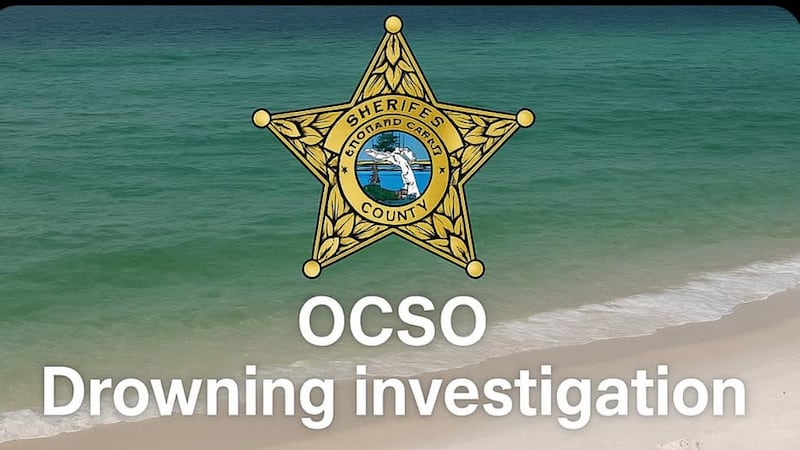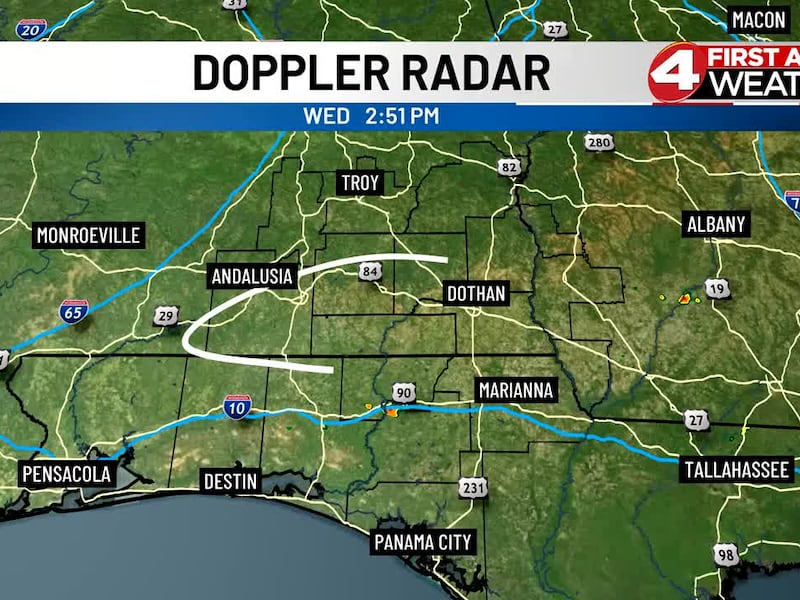## Another Dolphin Dies: Is Gulf World’s Tank a Death Trap? Another tragedy has struck Gulf World Marine Park, leaving the community reeling. A fifth dolphin has died in the park’s care, prompting outrage and calls for answers from Florida Senator Jay Trumbull. Is this a string of unfortunate accidents, or is there something more sinister lurking beneath the surface of this beloved marine park? We dive deep into the latest developments, exploring the troubling trend at Gulf World and demanding transparency from the park’s management.
Arguments for and Against Marine Animal Captivity

The debate surrounding marine animal captivity is deeply complex, with passionate arguments on both sides. Proponents of marine parks often emphasize the role of education and conservation, arguing that these facilities provide opportunities for the public to learn about marine life and the threats they face in the wild. They also point to the potential for captive breeding programs to help bolster endangered species populations.
Opponents of captivity, however, argue that it is inherently harmful to animals, restricting their natural behaviors and causing psychological distress. They highlight the limitations of captive environments, which can never fully replicate the vastness and complexity of the ocean. Furthermore, concerns are raised about the ethical implications of keeping intelligent and social creatures in confinement, potentially leading to boredom, frustration, and abnormal behaviors.
The debate is further complicated by the varying standards of care across different facilities. While some marine parks prioritize animal welfare and strive to provide enriching environments, others have been criticized for inadequate space, poor nutrition, and lack of proper veterinary care.

The Role of Education and Conservation in Zoos and Aquariums
Zoos and aquariums play a significant role in educating the public about marine life and the importance of conservation. Through interactive exhibits, educational programs, and research initiatives, these institutions aim to foster a sense of wonder and respect for the ocean and its inhabitants.

Educational Value
Marine parks offer unique opportunities for people to encounter marine animals up close and learn about their behaviors, adaptations, and habitats. This firsthand experience can be particularly impactful for children, sparking their curiosity and inspiring a lifelong passion for marine conservation.

Conservation Efforts
Many zoos and aquariums participate in breeding programs for endangered species, contributing to the preservation of genetic diversity and the potential for reintroduction into the wild. They also support research projects aimed at understanding marine ecosystems and addressing threats such as pollution, overfishing, and climate change.

The Ethical Dilemma
Despite the valuable contributions of zoos and aquariums, the ethical implications of keeping marine animals in captivity remain a subject of ongoing debate. Critics argue that even the most well-intentioned facilities cannot fully meet the complex needs of these animals, and that captivity can lead to psychological harm and compromised well-being.
The debate underscores the need for continuous improvement in animal welfare standards and a critical evaluation of the role of captivity in conservation efforts.

Alternatives to Captivity: Sanctuaries and Rehabilitation
Recognizing the limitations of captivity, there is a growing movement towards alternatives such as marine sanctuaries and rehabilitation centers. These facilities focus on providing a more natural and enriching environment for marine animals, prioritizing their physical and psychological well-being.

Marine Sanctuaries
Marine sanctuaries are protected areas designated to conserve marine ecosystems and provide a safe haven for marine life. These sanctuaries often encompass vast stretches of ocean, allowing animals to roam freely and engage in natural behaviors.
Rehabilitation Centers
Rehabilitation centers specialize in rescuing and treating injured or orphaned marine animals. These centers provide specialized care, medical attention, and rehabilitation programs to enable animals to return to their natural habitats whenever possible.
While both sanctuaries and rehabilitation centers offer valuable alternatives to captivity, they face significant challenges, including funding limitations, limited capacity, and the need for ongoing public support.
Regulatory Oversight and Accountability
The welfare of marine animals in captivity is subject to regulatory oversight by government agencies such as the United States Department of Agriculture (USDA) and state-level wildlife conservation commissions. These agencies set minimum standards of care and conduct inspections to ensure compliance.
The USDA and FWC’s Role in Monitoring Gulf World
In the case of Gulf World Marine Park, the USDA and the Florida Fish and Wildlife Conservation Commission (FWC) are responsible for monitoring the facility and enforcing regulations related to animal welfare. The recent deaths of dolphins at Gulf World have prompted calls for increased scrutiny and accountability from these agencies.
Potential Penalties and Consequences for Gulf World
If investigations by the USDA and FWC reveal violations of animal welfare standards, Gulf World could face a range of penalties, including fines, license suspension, or even closure. The severity of the consequences would depend on the nature and extent of the violations.
Strengthening Regulations to Protect Marine Animals
The tragic events at Gulf World highlight the need for stronger regulatory frameworks to protect marine animals in captivity. Some advocates are calling for stricter standards of care, increased transparency in zoo and aquarium operations, and greater public involvement in decision-making processes.
The Future of Marine Parks: A Call for Change
The growing public awareness of the ethical implications of marine animal captivity is driving a shift towards more sustainable and ethical practices in the industry. This movement is fueled by concerns about animal welfare, the limitations of captivity, and the potential for more effective conservation strategies.
The Need for Improved Animal Welfare Standards
The future of marine parks depends on a commitment to improving animal welfare standards. This includes providing spacious and enriching environments, offering opportunities for natural behaviors, and ensuring access to high-quality veterinary care.
The Role of Public Pressure and Advocacy in Driving Change
Public pressure and advocacy play a crucial role in driving change within the marine park industry. By raising awareness about the ethical concerns surrounding captivity, supporting organizations that promote animal welfare, and demanding greater accountability from facilities, the public can influence policy and industry practices.
Moving Towards More Ethical and Sustainable Practices
The transition towards more ethical and sustainable practices in marine parks requires a collective effort from zoos and aquariums, government agencies, researchers, and the public. Collaborative initiatives, innovative approaches to animal care, and a focus on conservation education are essential for creating a future where marine animals are treated with respect and their welfare is prioritized.
Conclusion
The recent loss of a fifth dolphin at Gulf World Marine Park in Florida has sent shockwaves through the animal welfare community. The tragic string of deaths, coupled with the park’s history of controversies and allegations of mistreatment, raises serious questions about the ethical treatment of marine animals in captivity. As Senator Jay Trumbull has rightly pointed out, a thorough investigation is crucial to determine the root cause of these deaths and prevent future tragedies.
This incident shines a harsh spotlight on the broader debate surrounding marine mammal captivity. While proponents argue that these parks provide educational opportunities and conservation benefits, critics point to the inherent suffering inflicted on intelligent and social creatures confined to unnatural environments. The dolphins’ plight begs us to reconsider the very purpose of keeping wild animals captive for our entertainment.
The future of marine parks hinges on their ability to prioritize the well-being of the animals in their care. Transparency, accountability, and a genuine commitment to ethical practices are non-negotiable. Until then, the haunting echoes of these dolphin deaths will continue to reverberate, reminding us that the price of our fascination may be far too high.